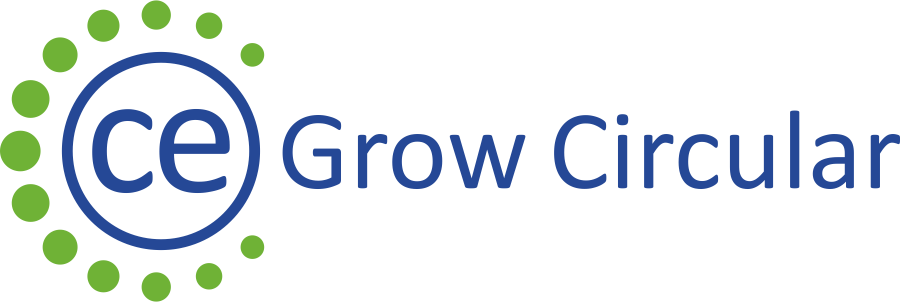Circularity Opportunities

To do this, multiple interventions at various level are needed.
Globally some of the top trends and innovations in the circular economy are digital matching and marketplace platforms for secondary materials and waste products. For optimization of waste collection, smart waste management solutions are being developed (digital sensing, IoT platforms, mobile apps, route optimisation). For better waste sorting AI-powered technologies and robotics are improving sorting, enhancing materials recognition, and enabling better product demand prediction. Blockchain technologies are enabling better traceability of products and materials across supply, verification of sustainability certifications, and tracking of sustainability metrics of the product. Bio-based industries are creating the market base for bio-based materials, providing substitutions for some of the materials based on non-renewable resources. Remanufacturing of products and using advances technologies such as laser metal deposition and additive manufacturing processes restores products to its original value and in some cases, it can even improve their performance.
Focusing on resources extraction and materials use the greatest circularity potential of EU’s economy stems from housing, nutrition, and consumables sector.
Housing
Nutrition
Consumables
Housing
In housing the opportunities lie in diversion of construction and demolition and to a smaller extent also machinery, equipment, and vehicles waste. This sector despite its high integration into the in-use stock and relatively high recycling and/or backfilling rates, still holds a significant potential for circularity impact. Some of the focus areas are:
- Utilising better the existing stock and extending the lifetime of buildings and infrastructure through renovations, thus slowing the flows of materials through the system and obtaining additional value from the existing stock.
- Designing for future, by using local sources and lightweight materials that can replace resource and energy intensive materials such as cement and steel. Designing for adaptability and for easy deconstruction.
- Shifting the traditional uses of buildings to accommodate new/emerging needs and lifestyles (i.e., flexible location working and home-working offer opportunities for converting underutilised office buildings to other functions etc.).
- Decreasing waste in manufacturing and processing stage.
- Leveraging urban mines to reduce demand for new materials.
- Development of novel building materials and technologies.
- Modular design of buildings combined with digital technologies that catalogue materials used in buildings for easier disassembly, tracking and reassembly.
A policy shift that would limit stock expansion and require better reuse of construction materials as well as extension of the functional lifetime of buildings and infrastructure.
Circular Economy in Construction
EU Renovation Wave
Sustainable construction guidelines for public authorities
Nutrition
In nutrition sector the, how we grow, process, and distribute food has a profound impact on resources use and emissions generation. From the global perspective EU member states are incurring a large emissions and resource use impact due to carbon intensive diets, high level of food wastage and energy and input intensive agriculture. Core focus areas are:
- Implementation of circular regenerative agriculture that works towards cycling organic resources as inputs and elimination of artificial fertilisers, pesticides and other pollutants in farming to maintain healthy, fertile soils and biodiversity, along with high level of crop yields.
- Reducing consumption of animal products and out of season products, which have significant impact on deforestation and other environmental degradation issues.
- Preventing food waste along the value chain with support of digital technologies
- Consumer shifts to local food markets that are reducing the need for long distance transport and storage, as well as enable better community-based quality control of practices and products.
Food waste in EU
EU Farm to Fork Strategy
Food Waste Prevention
Sustainable Food Future
Carbon Neutral Agriculture (Denmark Case)
Consumables
- Design for future – design that makes products that last longer, are of better quality, designed for easy disassembly, reparability and reuse, a design that eliminates excess packaging and prioritises use of regenerative resources.
- Eliminate waste export to other countries and establish BAT processing facilities in EU
- Develop technologies to recycle currently non-recyclable waste
- Implement policies that hold entities accountable for their waste
- Expand business models that enable shared ownership or service versus ownership.
Eliminate landfills, remediate old landfill sites and restore degraded ecosystems


